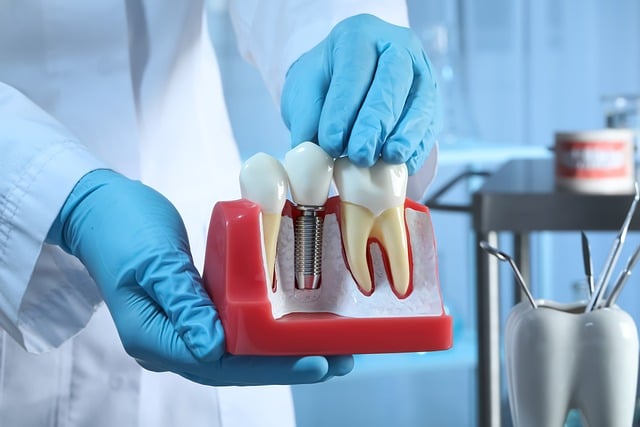For those who are looking to replace their teeth, be it one missing or damaged tooth, or multiple, dental implants are one of the most effective and permanent solutions available. Replacing your existing teeth with artificial, life-like alternatives can allow you to enjoy a lot less hassle than standard denture users. However, there are different kinds of dental implants, and each of them might suit different needs. If you’re looking to take care of your teeth, and want to replace one or more, then read on.

A single dental implant
If you are missing a single tooth, or you want to replace a single damaged tooth, then there are quite a few options available to you. Depending on the extent of loss or damage, you could opt for a bridge, partial denture, crowns, and the like. Of the three options for replacing a missing tooth, however, a dental implant is typically considered the most reliable. Unlike the other methods, implanting a missing tooth involves fusing the implant to the jawbone, which offers it stability and reliability much better than affixing it to adjoined teeth or dentures, which typically can slip out. Attaching a single dental implant to a single tooth can be a great way to fix the issue if you’re missing one tooth alone. However, if you’re missing multiple teeth, it can become both much more expensive as well as a lot more work to try and replace them one by one. Most dentists would not recommend going under surgery that many times.
Implanting a bridge
A bridge is a dentistry term for an artificial tooth that is supported by fixing it to surrounding teeth. There are bridges that can be inserted by, for instance, affixing them to a crown placed over a real tooth. However, with an implant-supporting bridge, you have the implanted teeth, and you have the bridged teeth connected to them. The benefit of this method is that you do not have to implant each tooth independently. You can replace multiple missing teeth in a row without needing to replace each and every tooth. This is both more cost-effective and efficient than using an implant to replace each and every tooth. However, it’s also worth noting that some bone loss can result around the area where there are no implants, so you have to consider your long-term options, as well.
Implant retained dentures
Also known as all-on-4 or all-on-6 implants (depending on how many implants are actually placed, this option does not replace just one or two teeth per implant. Rather, it supports a denture or an arch of artificial teeth, that is placed against the gumline. Unlike traditional dentures, however, these cannot slip, they are fixed in place, which can solve many of the issues of eating, talking, and moving in place that traditional denture wearers experience. They’re particularly effective for those who are looking to replace a lot of missing or damaged teeth, and you can read Dr. Gallardo’s blog to learn more about what life is like with these dentures. Typically, they are reserved for the most extensive cases of tooth damage or loss, but they are also a highly comprehensive treatment, creating a full smile of artificial teeth.
Are dental implants right for you?
The best way to answer the question of whether or not dental implants are the solution you need is to talk to your dentist about them. They can take a look at your mouth and let you know whether or not you’re a good candidate. Typically, dental implants are best for those who are adults, already done growing and developing, as their facial structure isn’t going to change. The presence of a good amount of jawbone is essential, too, as this is what the implants have to fuse with. For people who experience things like gum disease or who smoke, implants aren’t always suitable, so taking care of your oral health is vital, too. Again, the only way to get a real answer is to talk with your dentist, so don’t put off making an appointment if you’re curious about the prospect of getting dental implants. Sometimes, the sooner you get to work, the better the results are likely to be.
With the information above, hopefully, you have a better idea of which implants, exactly, are going to be the best solution for you. It’s important to keep in mind that, whatever you choose, you have to take care of your implants just as you would real teeth.